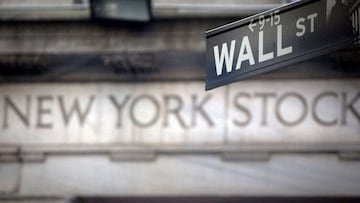What is the net worth of the families in the top 1%?
The top one percent of households in the US own twelve times more wealth than the bottom 50 percent...

In 2022, the real median household income in the United States was $74,580, meaning that half earned more and half earned less than this amount. The figure has been decreasing steadily since 2019, with inflation and its adverse effects on purchasing power being a significant driver of the decline.
But there is one group that has seen their wealth rise over the last four years: the wealthiest 1 percent of households.
Around 1.38 million households comprise the top one percent, and collectively, this group owns around 30 percent of the country’s total wealth, including 50 percent of corporate equities and mutual funds, 46 percent of all private businesses, and 13 percent of all real estate.
Wealth for the top one percent has ballooned during the pandemic
Collectively, the wealth owned by the top one percent reaches $45.7 trillion, compared to the $3.6 trillion owned by the bottom 50 percent of households, which is made up of around 66 million families. To put this in perspective, if the total amounts owned by each group were divided evenly, the top 1 percent would receive a payment totaling $35 million, while that for a household in the bottom 50 percent would stand around $55,000.
As the real median income in the US has fallen since 2019, the top 1 percent has seen their wealth balloon from $31 trillion to $45 trillion. Much of this increase is fueled by the disproportionate ownership this group has over financial assets and private business. As the stock market has rallied to record heights, the net worth of these households has seen an associated rise, thanks to the fact that they own more than half, 53 percent, of all corporate equalities and mutual fund shares. In contrast, the bottom 50 percent owns 2.5 percent, and since 1990 the figure has never surpassed 5 percent. One percent of households own $20 trillion in stocks and shares, while the bottom half of earners own $230 billion.
Inequalities in life and in death
This dramatic wealth inequality has devastating impacts on society and creates a brutal reality for millions of families. These inequalities become apparent when one compares the average life expectancy across income and wealth.
“The wealthiest American men live 15 years longer than the poorest men, while the richest American women live ten years longer than the poorest women,” reported the Equality of Opportunity Project. Additionally, one may expect that as technology and medicine evolve, that all members of society will benefit from these advancements. However, between 2001 and 2014, the gap in longevity grew, with the wealthiest Americans seeing longevity increase by an average of three years, while no gains were seen by the country’s poorest citizens.






